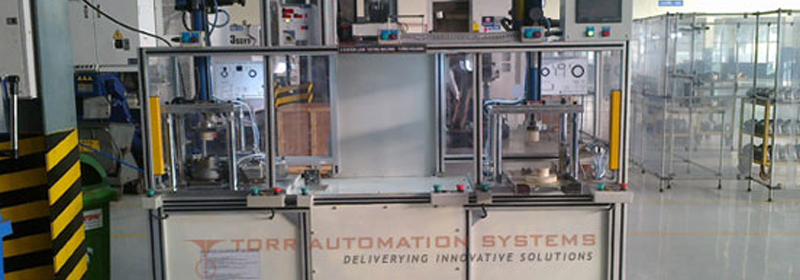
Home / Product / Leak Testing Machines

A leak can be defined as an unintended crack, hole or porosity in an enveloping wall or joint, which must contain or exclude different fluids and gases allowing the escape of closed medium. Critical leak spots in closed systems are usually connections, gaskets, welded and brazed joints, defects in material, etc. A leak test procedure is usually a quality control step to assure device integrity, and should preferably be a one-time non-destructive test, without impact on the environment and operators. Several leak-testing techniques are available, spanning from very simple approaches to systems that are more complex.
Torr has developed itself as a master in Leak Testing technology. Torr has near about 1200 satisfied and delighted deliveries & installations of leak testing machines of different type. We have developed unique Leak Testing Machines which are highly in demand. Our Leak Test Machines which have the capability of challenging tiniest leakages with highest accuracy with pressure drop & void methods.
A dedicated machine known as a leak testing machine is utilized to discover and measure leaks in systems, components, or items to ensure they meet watertightness or airtightness specifications. These machines are essential in industries such as consumer electronics, automotive, aerospace, and medical equipment, where even small leaks could compromise performance, safety, or regulatory compliance.
Leak testing: What Is It?
An important quality control process known as leak testing detects unanticipated pathways through which gases or liquids can exit a closed system. Prior to placing products for sale, the process helps manufacturers detect defects such as cracks, poor seals, or improper assembly. Depending on the product design, material, and use, numerous methods exist to perform leak tests.
Typical Techniques for Leak Testing
Uses in Various Industries
Leak testing machines are required in most industries:
Attributes of Modern Leak Testing Equipment
Modern leak testing equipment often possesses the following attributes:
Automated Sealing Mechanisms: In order to ensure trusted and consistent testing.
